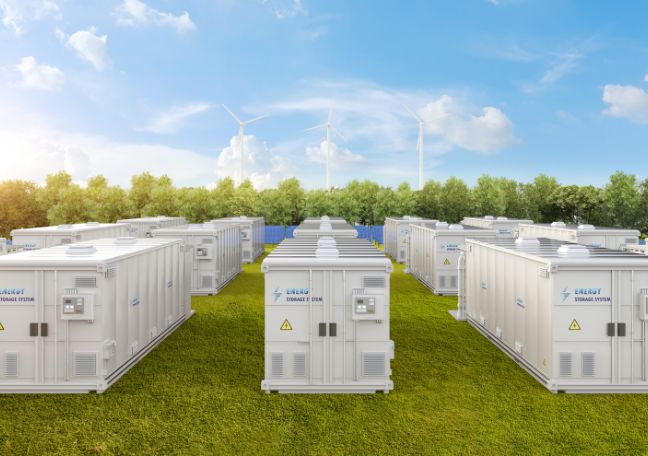In this lesson students explore the critical role of chemistry in sustainability by investigating the chemical principles underlying electrochemical cells. They connect their knowledge of redox reactions to real-world energy storage solutions in order to evaluate and recommend advanced battery technologies such as lithium-ion and vanadium flow.
Developed in partnership with the Queensland Government through Queensland's Clean Energy Workforce Roadmap and alongside industry experts the Clean Energy Council, this lesson has been designed to empower educators to deliver clean energy content, build students STEM skills and increase their awareness of clean energy career opportunities, highlighting connections between STEM knowledge and the renewable energy context.
This STEM Futures: Energy Careers program, which consists of lessons and resources for Science, Mathematics and Design and Technologies across Years 7-12 that highlight projects, people and careers in Queensland through case studies and video content. The lessons are aligned to the Australian Curriculum v9.0 as well as the QCAA Curriculum, but can be used in various teaching and learning contexts. The program allows students to learn subject-specific knowledge, concepts and skills in the context of real world, Queensland and Australian renewable energy projects and empowers them to understand how their subject knowledge can be applied to the careers and industries in this vital sector.



Welcome back!
Don't have an account yet?
Log in with:
Create your free Cool.org account.
Many of our resources are free, with an option to upgrade to Cool+ for premium content.
Already have an account?
Sign up with:
By signing up you accept Cool.org's Terms and Conditions(Opens in new tab) and Privacy Policy(Opens in new tab).